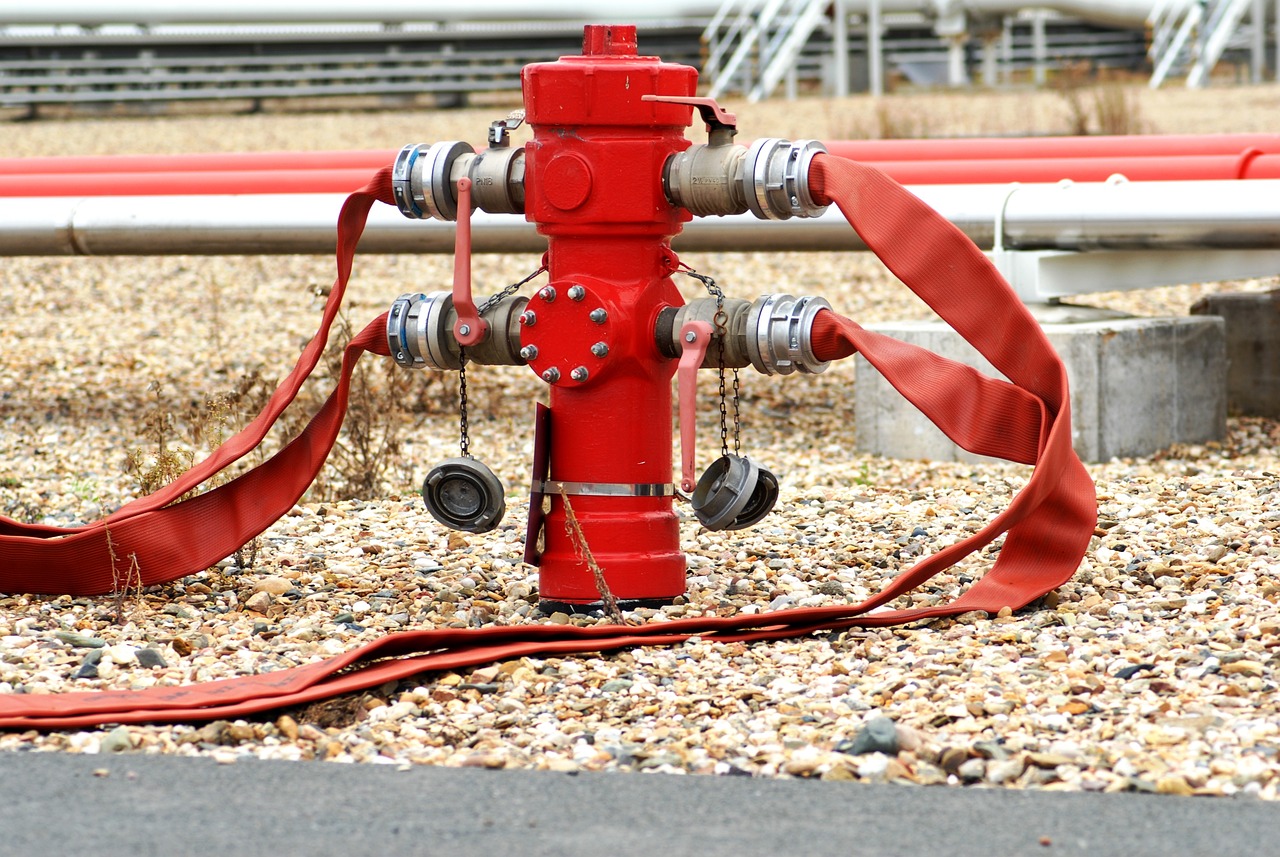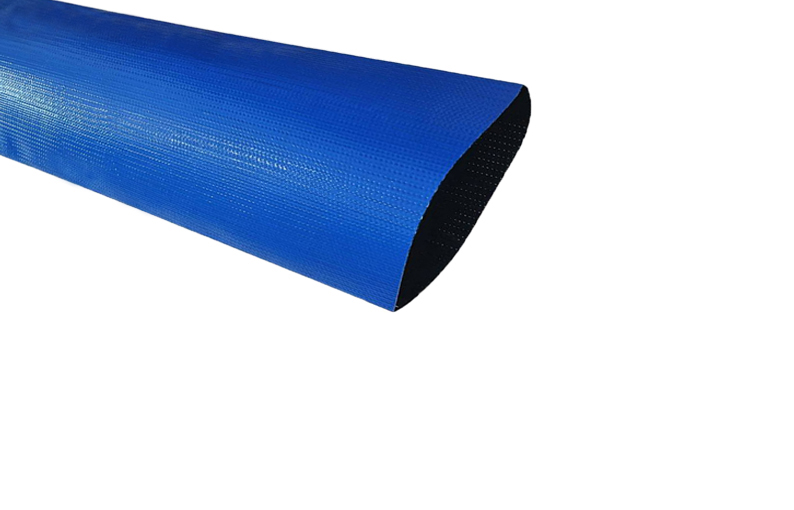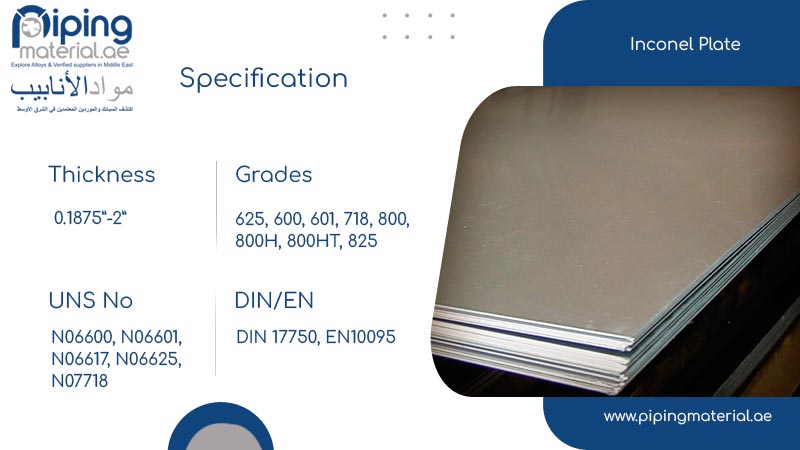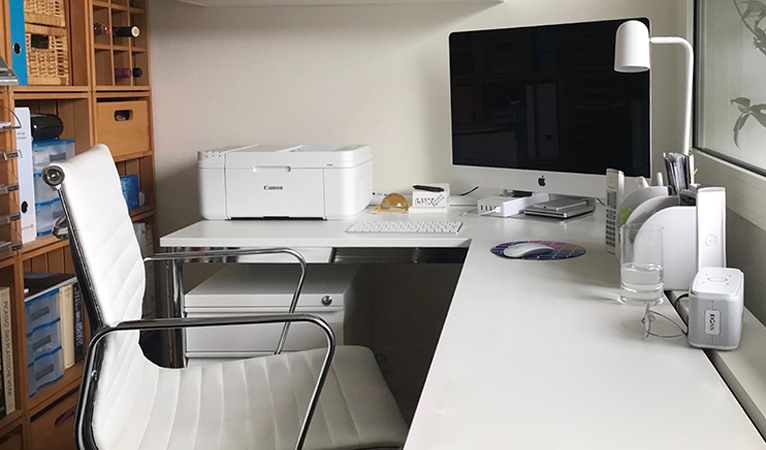Understanding PVC Layflat Hose: A Comprehensive Guide

PVC layflat hoses have become a vital component in various industries and applications where the efficient transportation of fluids is essential. These hoses are flexible, durable, and can handle a wide range of liquids, making them a preferred choice for many professionals. In this blog, we'll delve into the specifics of PVC layflat hoses, exploring their features, applications, benefits, and important considerations.
Features of PVC Layflat Hoses
1. Flexible and Lightweight: PVC layflat hose are highly flexible, allowing for easy handling and storage. Their lightweight nature makes them convenient to transport and maneuver.
2. Durable and Resistant: These hoses are built to last, with excellent resistance to abrasion, weather, chemicals, and UV radiation. They can withstand a variety of harsh conditions, making them suitable for both indoor and outdoor use.
3. Smooth Inner Surface: PVC layflat hoses usually have a smooth inner surface, promoting efficient flow and reducing frictional losses during fluid transport.
4. Easy to Install and Use: The design of PVC layflat hoses facilitates quick and straightforward installation, saving time and effort. They can be rolled or folded for storage and easily deployed when needed.
5. Wide Range of Sizes and Lengths: PVC layflat hoses are available in a variety of sizes and lengths to suit specific applications, ensuring a suitable solution for various fluid transfer needs.

Applications of PVC Layflat Hoses
1. Agricultural Irrigation: PVC layflat hoses are commonly used in agricultural settings for irrigation purposes. They efficiently transport water from a water source to agricultural fields, promoting crop growth and ensuring proper hydration.
2. Construction and Mining: These hoses are ideal for dewatering applications in construction and mining sites, effectively draining excess water from the work area to maintain a safe and productive environment.
3. Oil and Gas Industry: PVC layflat hoses play a crucial role in the oil and gas industry, enabling the transfer of water, chemicals, and other fluids during drilling, fracking, and other operations.
4. Discharge and Pumping: They are widely used for pumping and discharging water from one location to another, whether it's in emergency situations, flood control, or wastewater management.
5. Firefighting: PVC layflat hoses are utilized in firefighting operations to transport water from hydrants or water tanks to extinguish fires efficiently.

Benefits of PVC Layflat Hoses
1. Cost-Effective: PVC layflat hoses are generally more affordable than other types of hoses, making them a cost-effective solution for many applications.
2. Low Maintenance: These hoses require minimal maintenance, contributing to their cost-effectiveness and ease of use.
3. Versatility: The wide range of sizes, lengths, and compatibility with various fluids make PVC layflat hoses versatile and adaptable to diverse applications.
4. Efficient Fluid Transport: The smooth inner surface and flexibility of PVC layflat hoses facilitate efficient fluid transport, reducing frictional losses and ensuring a consistent flow.
5. Environmentally Friendly: PVC is a recyclable material, and PVC layflat hoses can be recycled after their useful life, contributing to environmental sustainability.
Important Considerations
1. Pressure Rating: It's crucial to select a PVC layflat hose with an appropriate pressure rating that meets the requirements of your specific application.
2. Material Quality: Ensure the hose is made from high-quality PVC material to guarantee durability and longevity.
3. Compatibility: Verify that the hose is compatible with the fluids you intend to transport to avoid any adverse reactions or damage.
4. Size and Length: Choose the right size and length of the hose based on the volume of fluid and the distance it needs to travel.
In conclusion, PVC layflat hoses are a vital tool for various industries due to their flexibility, durability, and efficiency in fluid transport. Understanding their features, applications, benefits, and key considerations is essential to make informed decisions when selecting and utilizing these hoses in diverse settings.
TAGS : PVC layflat hose
RECOMMENDED FOR YOU
Best Presale Crypto Launchpad Pays Your Travels
June 18, 2025
Top Signs of a Trustworthy Vehicle Shipping Company
June 17, 2025














